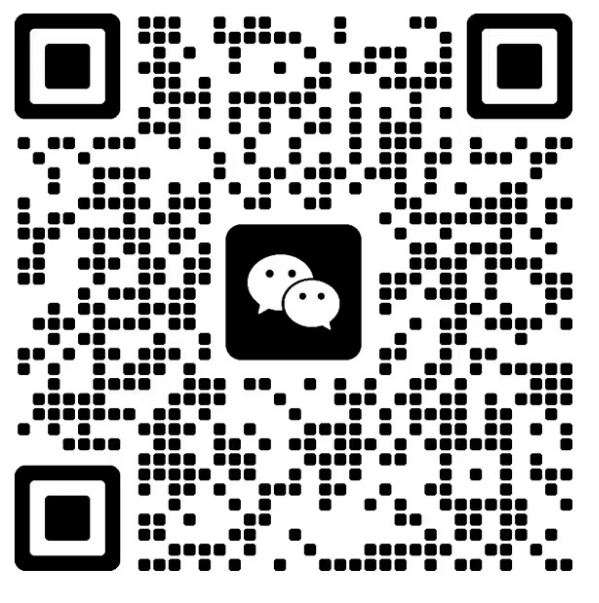Medical equipment commonly used inspection equipment training
Accurate operation, efficient maintenance - medical device inspection equipment training, so that the equipment to play a great efficiency
The training of commonly used testing equipment for medical devices usually involves many aspects, including the basic principle of the equipment, operating process, maintenance and related regulations and standards. Here is an overview of the training:
First, the basic principle of equipment
Physical principles: Introduce the physical principles of various medical device inspection equipment, such as optics, mechanics, electromagnetism, etc., to help students understand the working principle and detection mechanism of the equipment.
Testing technology: Explain in detail the application and advantages of various testing technologies, such as spectral analysis, chromatographic analysis, electrochemical analysis, biometrics, etc., in medical device testing.
2. Equipment operation process
Preparations for starting the device: This section describes how to start the device correctly, including checking the power supply, connecting cables, and installing necessary accessories.
Sample handling: The methods and requirements of sample collection, storage and treatment are introduced to ensure the validity and accuracy of samples in the testing process.
Test operation: Demonstrate the operation steps of the equipment in detail, including parameter setting, data collection, result analysis, etc., and emphasize the precautions and skills in the operation process.
Result interpretation: Teach students how to correctly interpret test results, including data processing, analysis, judgment, etc., and how to deal with abnormal results.

Third, equipment maintenance
Daily maintenance: Explain the daily cleaning and maintenance methods and requirements of the equipment to ensure that the equipment is in good working condition.
Troubleshooting: This chapter describes the troubleshooting methods and techniques for common device faults, helping students quickly rectify device faults.
Regular calibration: Emphasize the importance of regular calibration of equipment, including calibration cycle, calibration method, calibration standards, etc., to ensure the accuracy and reliability of test results.
4. Regulations and standards
Relevant laws and regulations: Introduce the laws and regulations related to medical device inspection, such as the Regulations on the Supervision and Administration of Medical Devices, the Measures for the Registration and Administration of Medical Devices, etc., to help students understand the legal environment and regulatory requirements of the industry.
Standard specifications: Explain the standard specifications of medical device inspection in detail, including testing items, testing methods, testing standards, etc., to ensure that students can follow the correct standards and specifications in the testing process.
V. Case analysis
Through practical case analysis, students can understand the problems and challenges that may be encountered in the process of medical device inspection, and learn how to apply the knowledge to solve them. Case analysis can include equipment fault handling, abnormal analysis of detection results, etc.
6. Practical operation training
On the basis of theoretical training, practical operation training is arranged to allow students to operate the medical device inspection equipment by hand, and deepen their understanding of the equipment operation process and maintenance. Hands-on training can be conducted in a simulated laboratory or in a real production environment.
Vii. Training evaluation
Students' learning results are evaluated through examinations and practical tests to ensure that students have mastered the basic principles, operating processes, maintenance and related regulations and standards of medical device inspection equipment.
In short, the training content of commonly used testing equipment for medical devices should be comprehensive, systematic and practical, aiming to help students master relevant knowledge and skills, and improve the accuracy and reliability of medical device testing.

 Medical equipment commonly used inspection equipment training-Service items-Liaocheng Enterprise Standardization Training Center - IATF16949 Training Institution - ISO9001 System Certification Services Company - Shandong Yongsheng Certification Technology Co., Ltd.
Medical equipment commonly used inspection equipment training-Service items-Liaocheng Enterprise Standardization Training Center - IATF16949 Training Institution - ISO9001 System Certification Services Company - Shandong Yongsheng Certification Technology Co., Ltd.